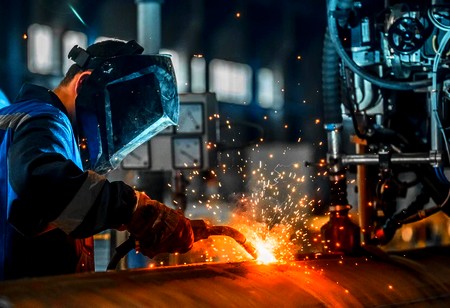
Manufacturing Activities & PMI at a Decade-High as Factories Recover from COVID Pandemic


CEOInsights Team, 0
The Nikkei Manufacturing Purchasing Managers’ Index INPMI=ECI, compiled by IHS Markit, rose to 58.9 in October from September’s 56.8. The reading was the highest since May 2010 and above the 50-level separating growth from contraction for the third straight month. “Levels of new orders and output at Indian manufacturers continued to recover from the COVID-19 induced contractions seen earlier in the year,” stated Pollyanna De Lima, Economics Associate Director, IHS Markit. She further said “Companies were convinced that
Asia’s third-largest economy is healing after shrinking a record 23.9 percent in the April-June quarter
the resurgence in sales will be sustained in coming months, as indicated by a strong upturn in input buying amid restocking efforts”.
Both output and new orders, which tracks overall demand, grew at their sharpest rates in more than 12 years and foreign demand expanded at its quickest pace since December 2014. But firms cut staff for the seventh month in a row, a streak not witnessed since the survey began in 2005, signaling a quick recovery in the consumer-driven economy may be a distant possibility.
Though the Input and output prices increased at a faster pace last month, most of the burden of rising price pressures was carried by firms. That could lead overall retail inflation, which rose to an eight-month high of 7.34 percent in September, to remain above the Reserve Bank of India’s medium-term target of 2-6 percent in coming months, reducing the chances of further easing by the central bank. However, business optimism about the coming 12 months increased to its highest level since August 2016. “Confidence towards the year-ahead outlook for production improved as firms hoped that fewer COVID-19 cases and the reopening of other businesses could boost output growth,” added Pollyanna. A score over 50 indicates expansion in PMI parlance while below that denotes contraction. But CMIE’s data showed the unemployment rate rose to 6.98 percent in October from 6.67 percent last month.